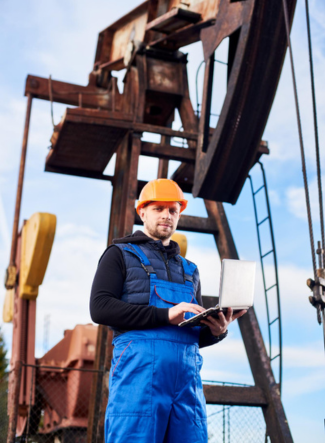
In the dynamic world of manufacturing, efficiency, precision, and safety are paramount. In this ever-evolving industry, innovation plays a crucial role in enhancing productivity and streamlining operations. One such innovation that has transformed the landscape of manufacturing is advanced crane technology. Manufacturing cranes have come a long way from their rudimentary origins, becoming an indispensable part of modern manufacturing processes. In this blog post, we will explore the significance of manufacturing cranes and how they are revolutionizing the industry.
The Evolution of Manufacturing Cranes
Cranes have been used in manufacturing for centuries, starting with simple hoisting mechanisms powered by human or animal labor. The industrial revolution brought about significant advancements in crane technology, with the introduction of steam-powered and then electric cranes. Today, manufacturing cranes are equipped with state-of-the-art features such as automation, precise controls, and advanced safety systems.
Types of Manufacturing Cranes
Various types of cranes are used in manufacturing facilities, each designed for specific tasks. Some of the common types include:
Overhead Cranes : These are mounted on elevated runways and are ideal for lifting and moving heavy loads within a fixed area.
Gantry Cranes : Similar to overhead cranes but with legs supporting the bridge, gantry cranes offer flexibility in terms of mobility.
Jib Cranes : These are used for lifting and moving loads within a limited radius, often in smaller work areas.
Mobile Cranes : Mobile cranes are mounted on wheels and are ideal for tasks that require mobility, such as construction projects within a manufacturing facility.